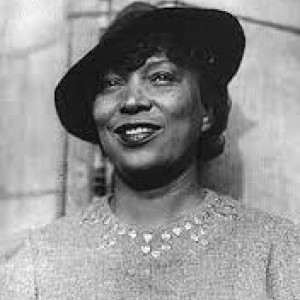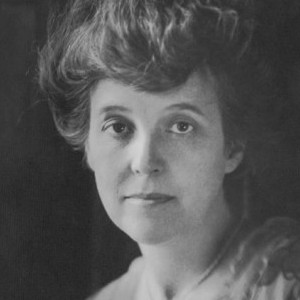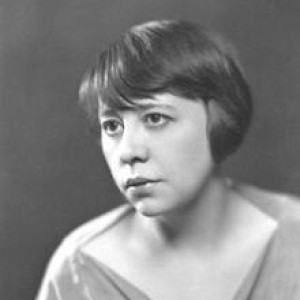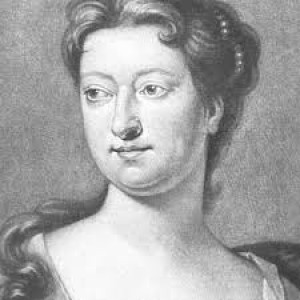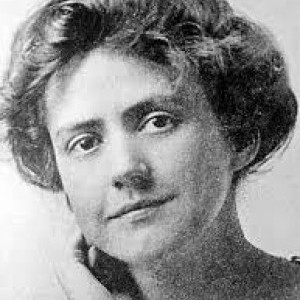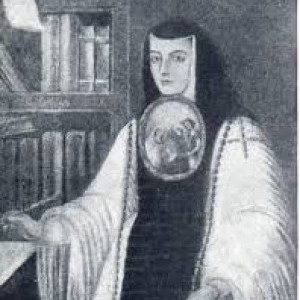Edna St. Vincent Millay
Biography

Edna St. Vincent Millay (1892-1950) remains one of the foremost poets of the modern era, and is considered to have crafted some of the finest sonnets ever written. Her poetry was so highly acclaimed that it earned Millay both the 1923 Pulitzer Prize and the Robert Frost Medal, two of the highest honors in the literary world, for her poem “The Harp-Weaver.”
Born in Rockland, Maine in 1892, Millay, the eldest of three sisters, was born to a nurse and a schoolteacher. However, her father abandoned the family and in 1904 the Millays relocated to Camden, Maine, where Millay’s career would eventually take off. She started publishing her poetry in her teens, and her recitations earned her the attention and patronage of the wealthy Caroline B. Dow, who funded her Vassar education. The idea of patronage would come full circle: In 1925, Millay and her husband purchased the Steepletop estate near Austerlitz, New York, which would later become the Millay Colony for the Arts, dedicated to fostering a new generation of artists.
Millay’s life defied convention at every turn: She went by Vincent, she openly embraced her bisexuality, her marriage to Eugen Jan Boissevain was open and she had many affairs, and her works eagerly tackled (with no shortage of controversy) female sexuality, feminism, progressive politics, and homosexuality.
Her playwriting career was brief but not inauspicious. Her debut, Aria da Capo, remains her most celebrated play, which she also directed. A fantasy with a thinly veiled anti-war theme, it was a critical and commercial success during its 1919 debut and can arguably be credited with launching Millay and her works into the national spotlight.



